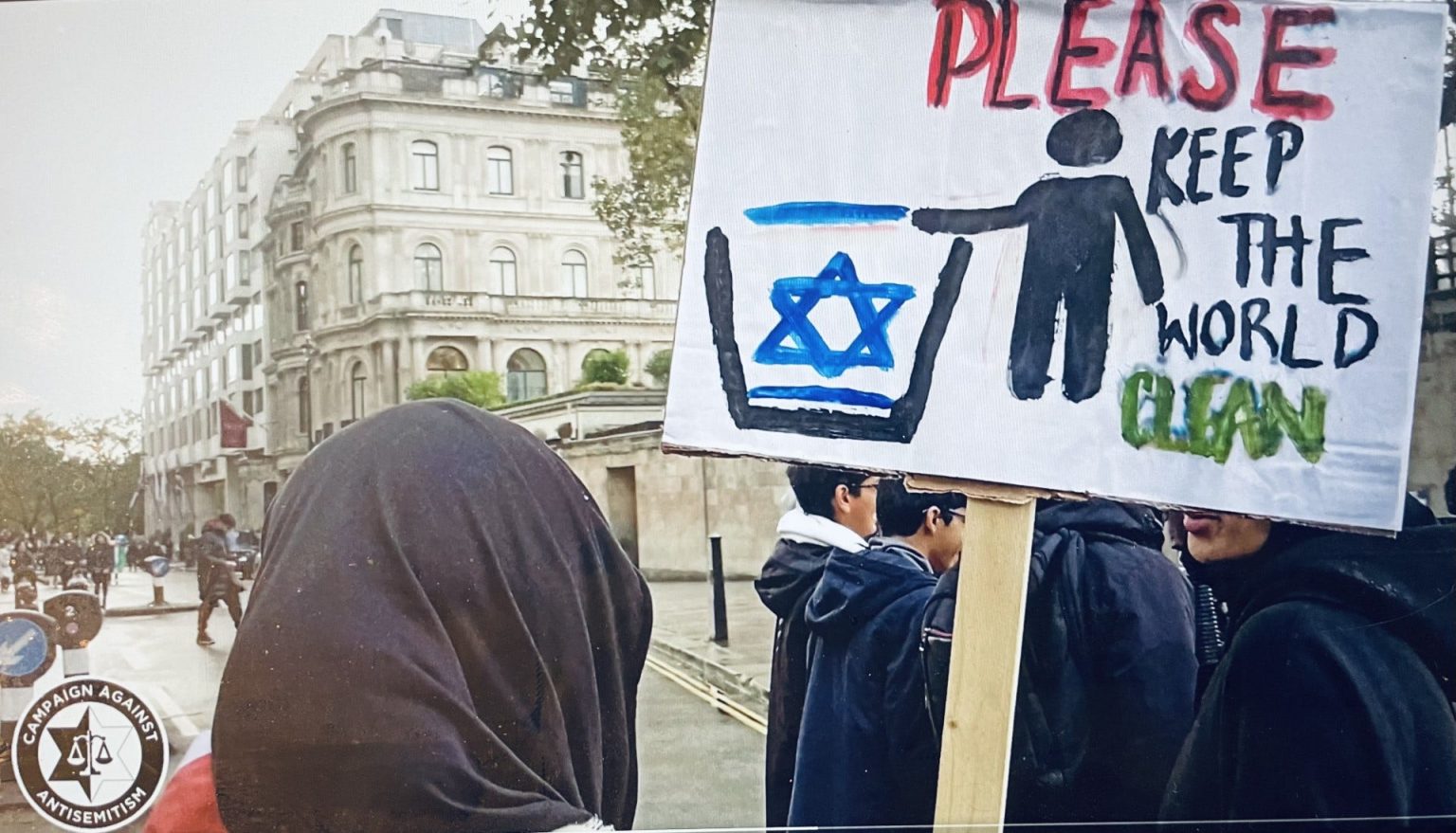The Anti-Defamation League (ADL) has unveiled its inaugural J7 Annual Report on Antisemitism, coinciding with the upcoming 80th anniversary of Victory in Europe (VE) Day. The report reveals alarming trends in antisemitism across several countries with significant Jewish populations, including the U.S., U.K., Argentina, Canada, France, Germany, and Australia. Following the escalation of violence in the Middle East, particularly the October 7 attacks by Hamas, the ADL has documented a disturbing rise in antisemitic incidents and attitudes worldwide.
| Article Subheadings |
|---|
| 1) Antisemitic Incidents Reach Record Levels |
| 2) Country-Specific Trends: Argentina |
| 3) Australia’s Rapid Increase in Antisemitism |
| 4) Antisemitic Trends in Canada |
| 5) The Impact of the Israel-Hamas Conflict on Antisemitism in Europe |
Antisemitic Incidents Reach Record Levels
The ADL’s report highlights a staggering rise in antisemitic incidents across J7 countries over the last three years. In particular, the U.S. registered an unprecedented increase of 227%, while the U.K. saw an 82% uptick. Other countries experienced similar growth rates, with France and Germany recording increases of 185% and 75%, respectively. Notably, antisemitic incidents in Australia surged by 11%, pointing to a distressing global trend that has unfolded post-October 7, 2023. This rise creates a troubling pattern, with more than 38 incidents reported per 1,000 Jewish residents in Germany alone, marking alarming peaks in antisemitism.
Country-Specific Trends: Argentina
In Argentina, the Delegación de Asociaciones Israelitas Argentinas (DAIA) has noted a deep integration of antisemitism within social media platforms and educational institutions. The reality is stark for Argentinian Jewish students, many of whom now select schools based on safety from antisemitic incidents. This choice stems from incidents not only among peers but also from faculty members, highlighting an environment of fear. The situation deteriorated markedly in 2023, where antisemitism rose by 44% over the previous year—a trend alarmingly linked to previous events, particularly the actions of Hamas. Despite the challenges, DAIA identified a welcome finding: roughly 60% of Argentinians, particularly younger adults aged 25-34, maintain a positive view of Israel, indicating a complex social landscape.
Australia’s Rapid Increase in Antisemitism
The Executive Council of Australian Jewry (ECAJ) reported an unprecedented 316% increase in antisemitic incidents from October 1, 2023, to September 30, 2024. This dramatic rise is illuminated in the context of a broader societal concern, with over 64% of Australian Jews expressing heightened anxiety regarding antisemitism. In response, the government has implemented measures against hate symbols; however, ECAJ argues that these provisions inadequately address the root causes of recent antisemitic incidents. The vast majority of incidents traced back to the repercussions of the Israel-Hamas conflict have left the community feeling vulnerable, sparking calls for alternative strategies to combat rising hate.
Antisemitic Trends in Canada
The Centre for Israel and Jewish Affairs (CIJA) focused on the troubling trends affecting Jewish Canadians. While Jews constitute a mere 1% of the Canadian population, they represent nearly 19% of reported hate crimes, with a staggering 71% increase in antisemitic acts from 2022 to 2023. The report raises alarm over governmental inaction in curbing rising antisemitic sentiment, urging for immediate reforms to combat the sentiments that threaten safety. The community’s fears echo a broader narrative: an overwhelming 98% of Canadian Jews acknowledge antisemitism as a pressing concern.
The Impact of the Israel-Hamas Conflict on Antisemitism in Europe
In France, the Conseil Représentatif des Institutions Juives de France (CRIF) reported a tangible correlation between ongoing conflict in the Middle East and rising antisemitic incidents. Notable was the finding that over 30% of such incidents referenced “Palestine,” illustrating how foreign conflicts spill over into domestic attitudes. Schools observed a fourfold increase in antisemitic incidents, emphasizing the reach of intolerance among younger generations. The government’s commitment to combat racism and antisemitism is highlighted through a national plan set to extend until 2026; however, many French Jews express fear of identifying their heritage publicly.
| No. | Key Points |
|---|---|
| 1 | The global antisemitism trend has escalated remarkably post-October 7, 2023. |
| 2 | Argentina reports a growing antisemitic climate within educational and social frameworks. |
| 3 | Australia has seen a dramatic rise in antisemitic incidents, raising community concerns. |
| 4 | Canada faces a significant increase in antisemitism, prompting demands for governmental action. |
| 5 | The Israel-Hamas conflict continues to negatively impact Jewish communities across Europe. |
Summary
The ADL’s J7 Annual Report underscores an alarming rise in antisemitism across multiple nations, driven largely by recent global events, including the Israel-Hamas conflict. As antisemitic incidents reach unprecedented levels, communities and organizations are calling for urgent action and systemic change to combat these rising trends. The report serves as a crucial reminder of the societal challenges that persist around the globe, reinforcing the need for collective efforts to address and eradicate antisemitism in all its forms.
Frequently Asked Questions
Question: What are the major findings of the ADL’s J7 Annual Report on Antisemitism?
The report highlights a significant rise in antisemitic incidents across several countries, reflecting increased societal intolerance and fear within Jewish communities.
Question: How has the Israel-Hamas conflict influenced antisemitism globally?
The conflict has galvanized antisemitic sentiments worldwide, with a noted uptick in incidents and rhetoric, particularly in Western nations.
Question: What measures are countries taking to combat rising antisemitism?
Countries like Australia and Canada have implemented bans on hate symbols; however, organizations argue these measures fall short of addressing underlying issues.



